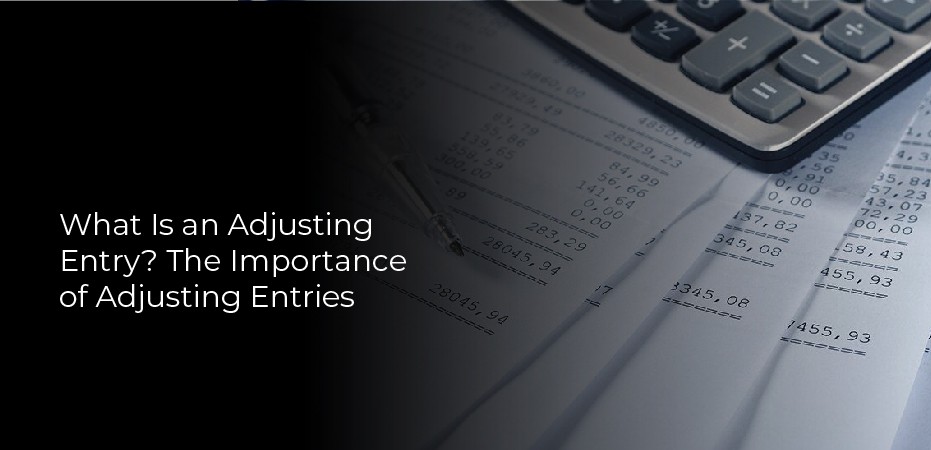What Is an Adjusting Entry? An adjusting entry is an entry made in the books of account to adjust the balances of particular accounts to their correct amounts.
For example, an adjusting entry might be made to increase or decrease the balance of an account for inventory that has been counted but not yet billed to a customer.
The Importance of Adjusting Entries
In order to ensure the accuracy of financial statements, it is important to adjust entries. An adjusting entry is an entry made at the end of an accounting period to ensure that all accounts are accurate. The most common adjusting entries are for depreciation and accrued expenses.
Depreciation is a process of allocating the cost of a long-term asset over its useful life. This is done in order to reflect the decrease in value of the asset over time. Accrued expenses are expenses that have been incurred, but have not yet been paid. They include things like rent, salaries, and utilities.
If these adjustments are not made, the financial statements would be inaccurate and could give a misleading picture of the company’s financial health. It is therefore essential that adjusting entries are made accurately and in a timely manner.
Types of Adjusting Entries
Accruals
An accrual is an accounting entry that records an increase or decrease in a liability, equity, or revenue account. The most common type of accrual is a prepayment, which records the purchase of an asset before it is used.
For example, a company might prepay its rent for the upcoming year. This would increase the company’s liability account for rent and decrease its prepaid assets account.
Deferrals
The deferral of revenue is a type of adjusting entry that delays the recognition of revenue until a later accounting period. The most common reason for deferring revenue is to match it with the related expenses that are also incurred in that later period. For example, a company may sell goods in December but not receive payment until January. The revenue from the sale would be deferred to January, and the related expense for the cost of those goods would be recognized in December.
There are several other types of adjusting entries, including accruals, deferrals, and prepaids/deferred charges. Accruals are adjustments that record expenses or income that have been earned but not yet recorded in the financial statements. Deferrals are adjustments that delay the recognition of revenue or expenses until a later period.
Non-Cash Expenses
A company’s non-cash expenses are a significant portion of its overall expenses. These expenses can include depreciation, amortization, and other items that are not cash expenses. For a company to accurately report its financials, it must account for these non-cash expenses. One way to do this is through adjusting entries.
An adjusting entry is an entry made in the accounting records to correct an error or otherwise update the books. In the case of non-cash expenses, an adjusting entry is necessary to adjust the balance of the asset or liability account affected by the non-cash expense. This adjustment ensures that the company’s financial statements accurately reflect its true financial position.
There are a few different methods companies can use to calculate their non-cash expenses. The most common method is the straight line depreciation method.
Examples for Adjusting Entries
There are many reasons why you might need to adjust an entry in your accounting records. For example, you may need to correct a mistake, or update information for a new fiscal year. The most common adjustments are depreciation, inventory, and accruals.
Depreciation is the gradual decrease in the value of an asset over time. This is typically calculated using the straight-line method, which assigns an equal amount of depreciation expense to each period of the asset’s useful life.
Inventory adjustments are necessary when there is a change in the quantity or value of inventory on hand. This can be caused by factors such as theft, damage, or changes in prices. Accruals are adjustments made to account for expenses and revenue that have been incurred but not yet recorded. This includes things like accrued interest and rent payments.



